3D and 4D Printing
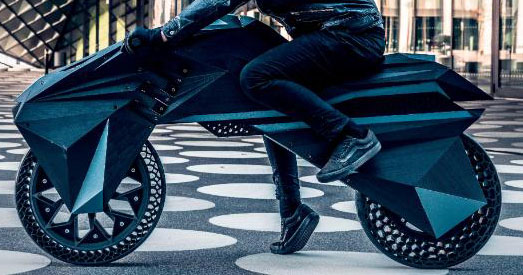
In 3D printing, technologies are used to make objects, by adding layers of material in accordance with digital designs, allowing little waste and being more energy & material efficient than technologies that use conventional methods.
This ‘additive manufacturing’, as opposed to the expensive and limited ‘subtractive’ business of cutting, drilling and hammering material away, allows for a rapid explosion in innovation and mass-customization of objects in new and existing fabrication facilities, using the digital infrastructure.
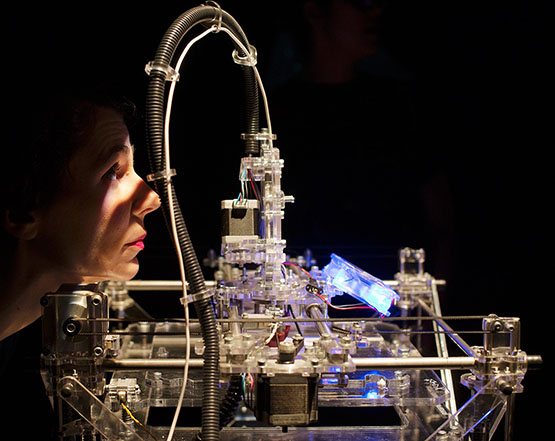
BIO-Printers churning out LIVING tissues
To repair a human body part, a 3D printer is now as valuable as an x-ray machine, microscope, or a sharp scalpel. Bioengineers are using 3D printers to make more durable hip and knee joints, prosthetic limbs, and produce living tissue attached to a scaffold of printed material.
Apparently, bio-printed tissue can be used to test the effects of drug treatments, with a goal of printing entire organs that can be grown and then transplanted into a patient.
The latest step toward 3D-printed replacements of failed human parts is a bio-printed section of the spinal cord that can be custom-fit into a patient’s injury.
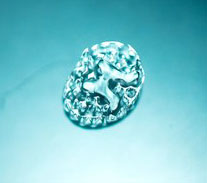
Small implants were made of softgel and then filled with neural stem cells, using a printer. The implants were then surgically placed inside a tiny gap in a rat's spinal cord. Over time the new nerve cells and axons grew and formed new connections across the cut spinal cord of the animal.
These nerve cells connected not only with one another but with the host spinal cord tissue and the circulatory systems of the patient, which helps ensure their survival in the body. The precision 3D printing allowed the softgel and cellular matrix to fit accurately into the wound.
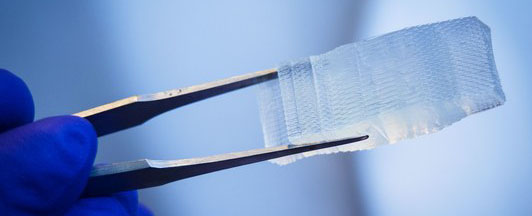
Bio-printers use a computer-guided pipette to layer living cells, referred to as bio-ink, on top of one another to create artificial living tissue in a laboratory. Most bio-printers can only print down to 200 microns, but this group developed a method of producing tissue down to 1 micron. This higher resolution meant they were able to more accurately reconstruct the mixture of gray and white matter that makes up the spinal cord.
Producing the right element is one thing, using it is another. Thus, Rosatom developed the first 3D metal printer.
3D metal printing uses high-power lasers to melt metal powders and fuse them layer by layer. Russian regenerative medicine scientists developed a 3D magnetic bio-printer that prints tissue and organ constructs which are hypersensitive to the effects of space radiation as well. Personalized medicine for DNA-specific drugs is another 3D-print field.
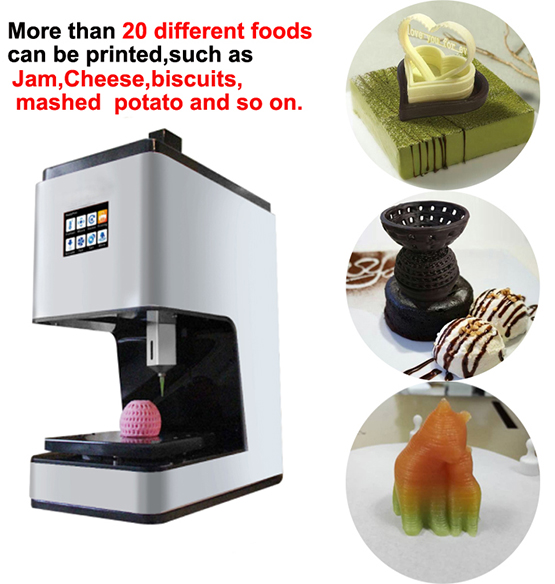
Food Printing
4D printing is 3D printing of objects that are programmed to transform themselves in response to a particular stimulus such as a temperature change, air flow, or exposure to water.
It is less about the product's shape, geometry or color, but more about its performance, function or behavior, the ‘essence’ of that thing.
Imagine a trucking company's warehouse where, after receiving a shipment, the goods are removed from the boxes for delivery to their individual sites. Then the boxes are flattened and shipped to their departure point, to be re-used for other shipments.
When unloading 5,000 trucks/day, 200 people are needed to break down all boxes for shipment back out. At $10/hour, 7-hrs/day, total labor costs would be $14,000/day. Having the boxes flatten themselves upon stimulus, that company could save about $5 million/year!
Petals close instantly upon touching warm water
In 4D printing, stimuli or triggers, such as water, heat, light, or electrical currents, are needed to start the transformation. Then, you need special materials that are able to react to these triggers. That makes these objects “programmable” and execute their 3D printed “genetic code” whenever you want to have it triggered.
Others focus on “programming” the object’s desired shape into the micro-structure of standard materials. This approach makes use of the capabilities discovered in microscopic structures. When these are correctly configured, they display the desired deformation of the macro-structure. This way 4D printed objects can use existing 3D printers and materials.
The first 4D-printed water valve. It shuts when exposed to hot water and re-opens when hot temperatures subside by using a hydrogel ink that responds rapidly to heat. It then re-opened when cooler water was pumped through it.